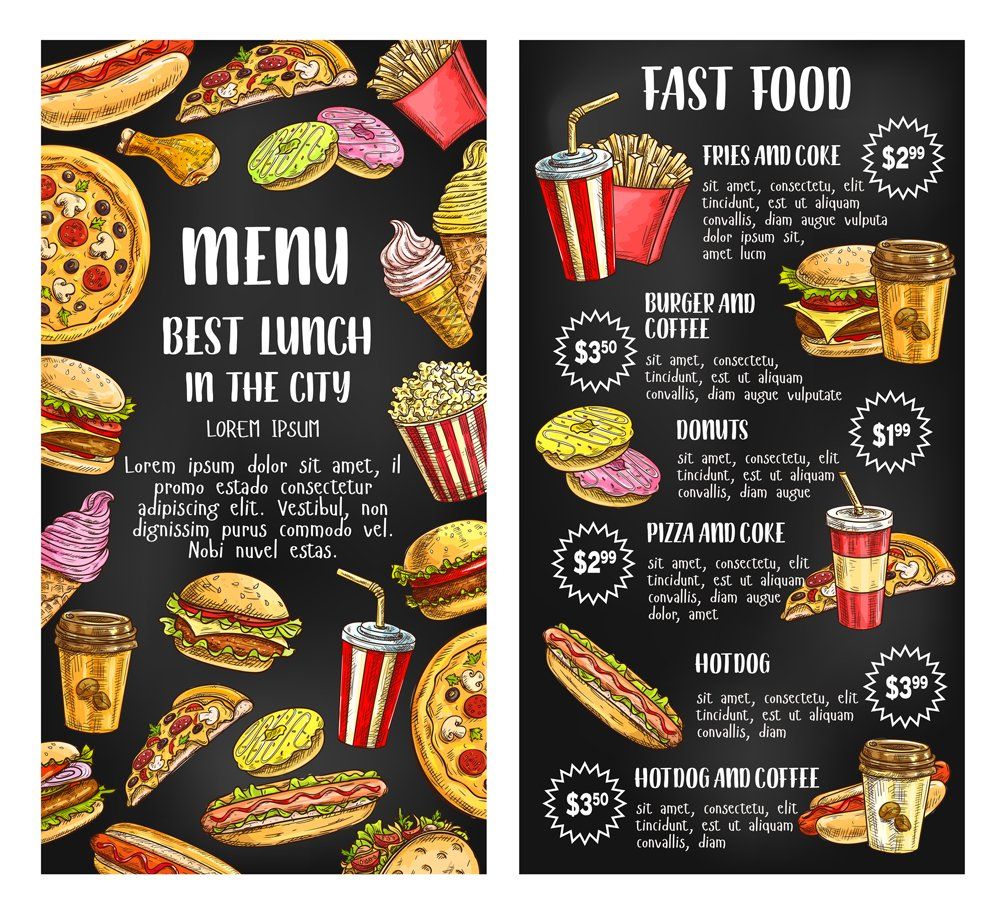5 Situations When You Still Need to Carry Business Cards
With the advance of modern technology, business interactions are constantly changing. And while some tools - like carbon paper and pagers - have largely gone the way of the dodo bird, other tools shouldn't be so easily dismissed.
One of the biggest debates in many companies is whether or not your business should invest in old-fashioned business cards. Are they still relevant in today's business environment? What situations would make them preferable to other forms of communication?
If you're not sure whether you still need business cards, here are five of the most common times when a business card earns its keep.
1. When You Don't Have Your Phone
You may feel like your smartphone is a constant feature, but that's not always the case. Sales personnel working a trade show or giving a presentation may not have access to phones in order to exchange information with a new contact. Additionally, your phone may be turned off while you're traveling, or it might simply be low on battery.
What can you do to network successfully when your phone is out of order? Use a business card.
2. When Your Audience Is Traditional
Business cards have an appeal that virtual contacts and wireless information exchanges don't have. They are a traditional form of communication well-understood and preferred by a variety of people.
Some cultures and industries may not take you seriously as a business person if you don't have a business card to share. Older customers may prefer something physical to rely on. And some customers simply choose not to carry around a phone at all times. Business cards, then, are an easy way to work with a client pool that prefers the old-fashioned way of doing things.
3. When You Need a Promo
Business cards are not just a place to store contact information. You should be using them as a way to promote your business or services. A designer, for instance, can put a sample of their work on the card. A sales person might tout their sales numbers or location range. A new company might offer a discount or promotion on the business card's reverse.
Any of these methods can leave a lasting impression or catch the customer's eye - something a virtual exchange of data may not be able to provide.
4. When Others Are Sharing Info
One of the beneficial things about physical promotional materials is that they can be passed around from hand to hand. In a business meeting, for instance, if an attendee wants to look at a graphic design work sample being held by another attendee, they can just hand it over - and, potentially, over and over and over around the room.
If that work sample is in digital form, it would take time to transmit it to each person, open it, and overcome any connection problems. By the time this is done, some of these attendees may no longer be interested in seeing the item. Or the conversation could just as easily have moved on. And an opportunity for your company is lost.
5. When Connections Don't Cooperate
The world may run on smartphones, but not all devices can work together without a hitch. A customer might have a device from a different manufacturer, on a different network, or using a different operating system. Not everyone will have the same features as you. And not all networks work as well in the same physical location. Any of these variances could negate the ability of your device to share information.
Do you run into these common networking dilemmas? Then you have good reasons to keep a few business cards handy at all times. At Inkspot Printing , we can help. From card design to finding the right materials, our helpful staff will work with you to create the best business cards to leave a lasting impression. Call today to make an appointment.











